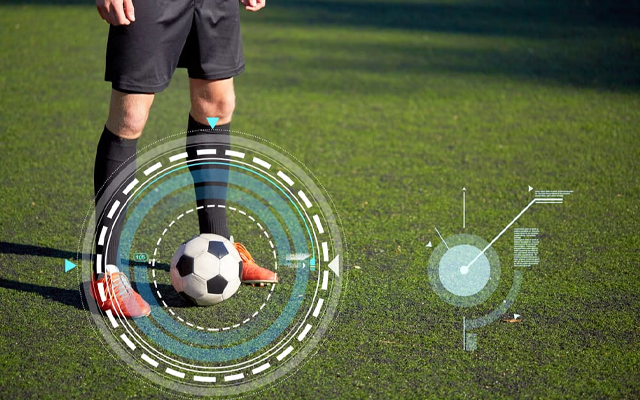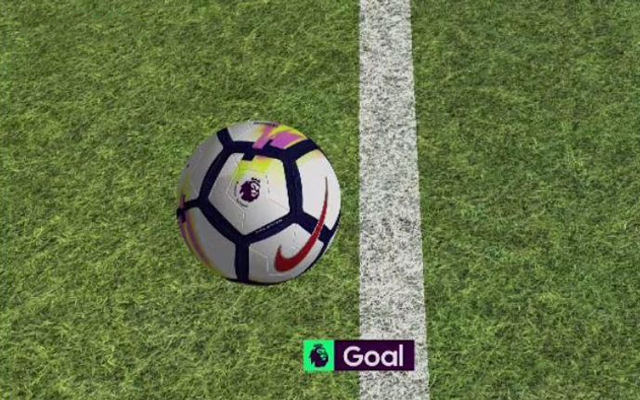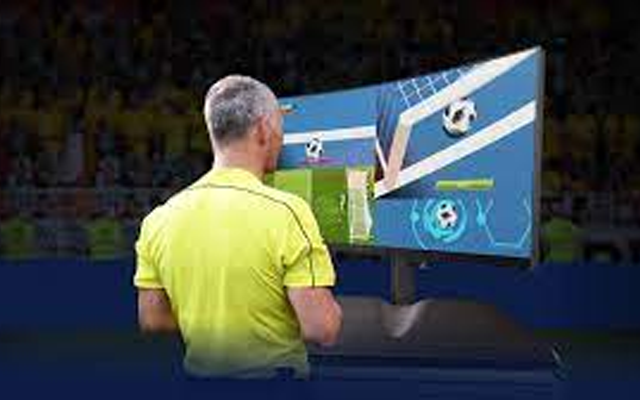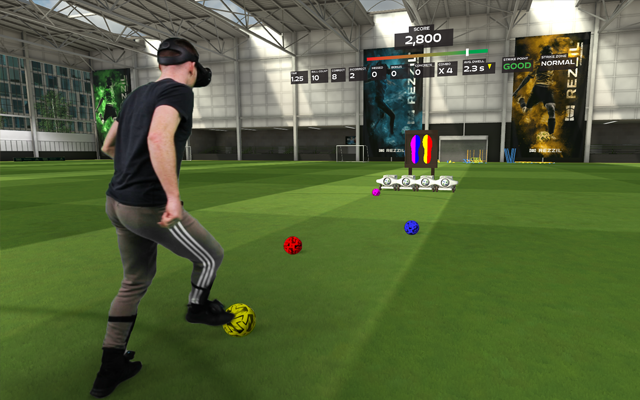
Technology plays a vital role in sports. It helps a great deal in reducing human error and makes the game much fairer to competing opposition and players. As such, Football is the game affected most by technology. The game of Billions set technology standards for all other games. Here are the most advanced technologies used in modern-day professional football.
How Technology is Improving Football
Goal-Line Technology

The goal-line technology is used to determine whether or not a ball has crossed the goal line during close calls. Many times, a last-ditch save or clearance happens right on the goal line. Whereas, at times the ball can ricochet off the posts going agonizingly close to crossing the goal line. The rule states that the whole of the ball should crossover the whole of the line. The goal-line technology helps confirm the same. It is connected to the referee’s wristband which sends a signal every time the ball crosses the line.
Video Assistant Referee (VAR)

The Video Assistant Referee was a monumental innovation in football. It uses multiple cameras to judge minute details. The VAR is often a human official who is assisted by an Assistant VAR in a VAR control room. The VAR comes into play only when there is a foul inside the penalty area, including handballs, a red-card offense anywhere on the park, and to check close offside calls if a goal has been scored. It can also be used to check fouls in the buildup, missed by the on-field officials only when the move leads to a goal.
Electronic Performance and Tracking Systems (EPTS)
![]()
The electronic Performance and Tracking Systems are used during and before the match. A multi-camera setup collects information in various metrics that gives a player’s pace, positioning, touches, etc. The data collected by such systems act as insights into a player’s performance that can further be implemented to improve a player’s performance. That is why such systems are also commonly used during training.
Virtual Reality (VR)

Virtual Reality is used to enhance players’ training. From free kicks and penalties to goalkeeping, wealthy clubs use several VR modules to help increase players’ performances. VR also debuted in offside checks during the Qatar FIFA World Cup, making the calls even more precise.
Augmented Reality (AR)

Augmented Reality helps fans and supporters a great deal to elevate their football experience. It can be used to create models of a stadium with roadmaps to food courts, ticket counters, the way towards stands, etc. While VR and advanced technologies help make the game fairer, AR assists in making it more enjoyable for fans.
Conclusion
In conclusion, football manages to strike a good balance between the use of technology and keeping the game natural and humane. It is a benchmark for all other sports to follow in terms of implementing technology to reduce human error and make the games fairer.
